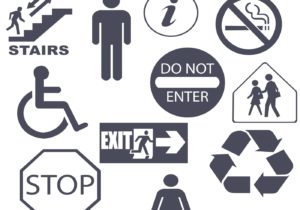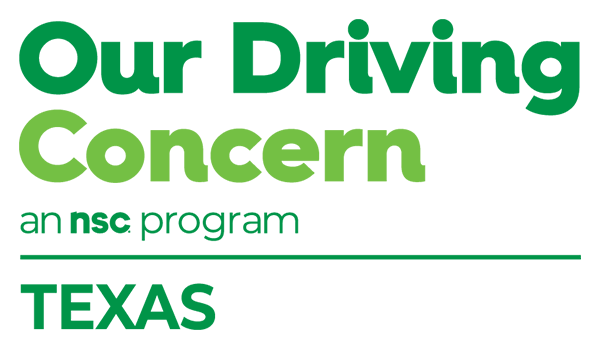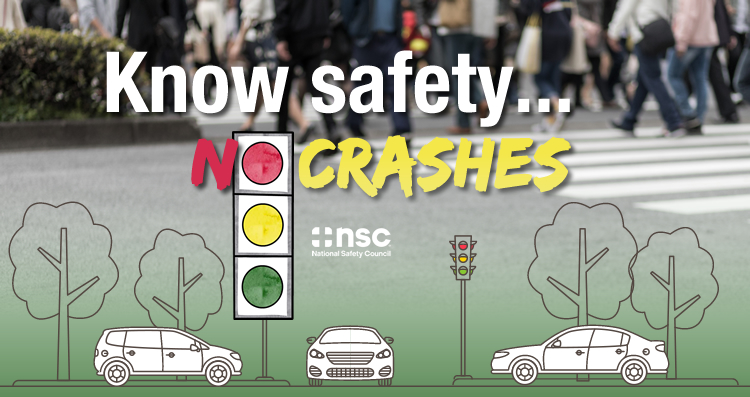 When you are little, you learn to identify shapes and colors. Square, diamond, round and so much more. Do the shapes of traffic signs mean anything? Actually they do!
When you are little, you learn to identify shapes and colors. Square, diamond, round and so much more. Do the shapes of traffic signs mean anything? Actually they do!
Shapes impact our brain differently and are important to traffic safety. One way we recognize traffic signs is by their shape and each basic shape has a meaning. Knowing signs by their appearance helps adjust your driving by conveying information that you can comprehend and react to quickly even at a distance or if visibility is poor.
Sign shapes help stream-line the flow of traffic and are uniform across the U.S. An octagon is a shape used in traffic signs to notify or alarm drivers. The message: You’re going to need to take action.
Did you know that the greater the number of sides on a sign, the more critical the message? How many knew that fact? A diamond or triangle shape is for caution. Oval and circles send a message of comfort and lastly, squares and rectangles illicit familiarity.
Here are some specific sign shapes and their meanings:
- An octagon signals the need to stop
- An upside down triangle always means “yield”
- A diamond is used for warning signs
- A pennant warns of “no passing zones”
- A circle is a railroad advance warning
- A pentagon signals a school zone or school crossing zone
- Horizontal/rectangle signs typically provide guidance to drivers
- Vertical/rectangle signs usually serve as regulatory notices
- A trapezoid is used for recreational area guide signs and National Forest route markers
- Route signs can have different shapes but the Interstate is a cut-out shield
Our brains process shapes in different ways and each traffic sign shape communicates a different message. Knowing the shapes and their meanings can keep you and your employees safe on the road. This information would be great for you to share as a safety talk.
— Lisa Robinson is a senior program manager with the National Safety Council

